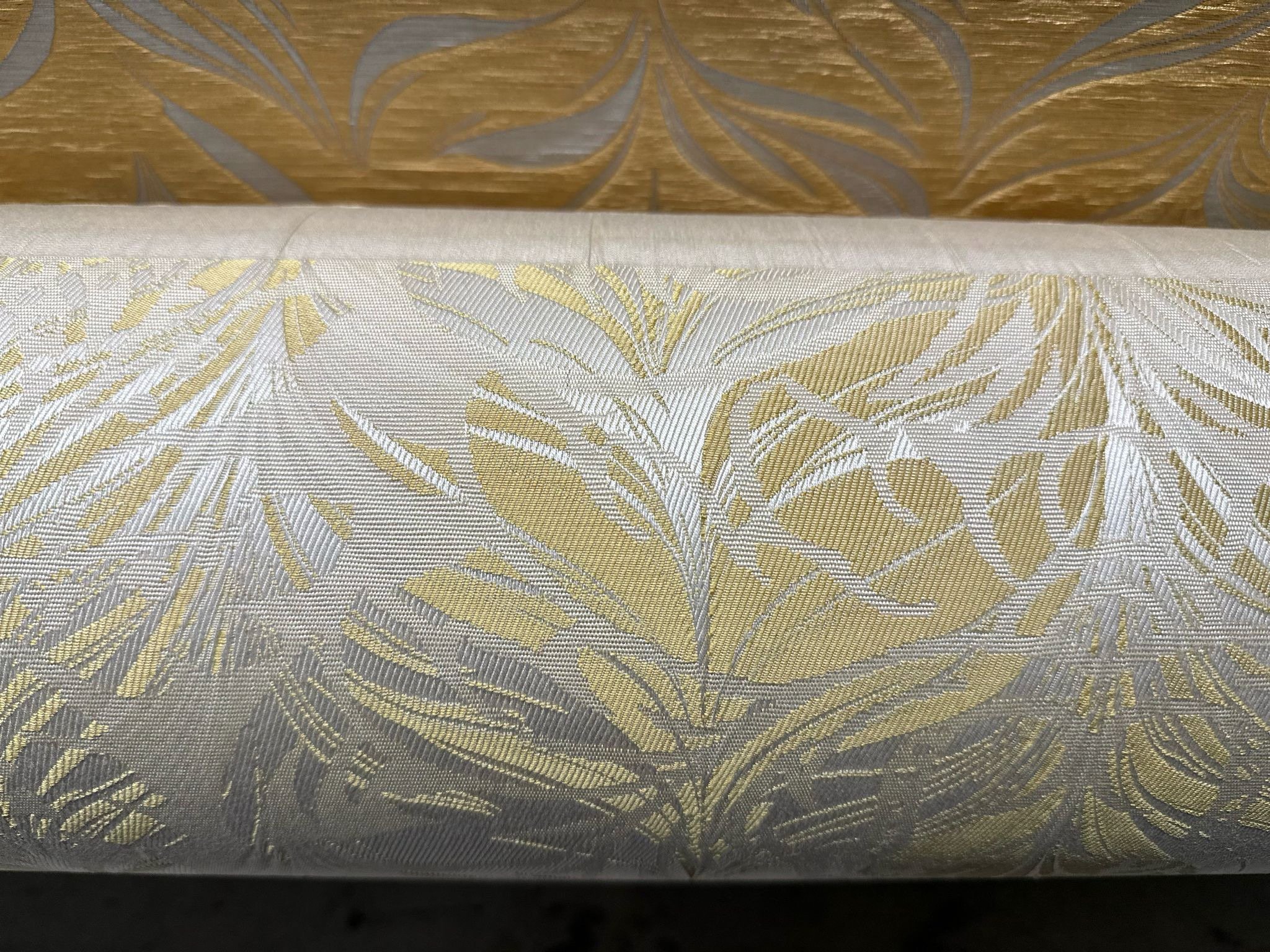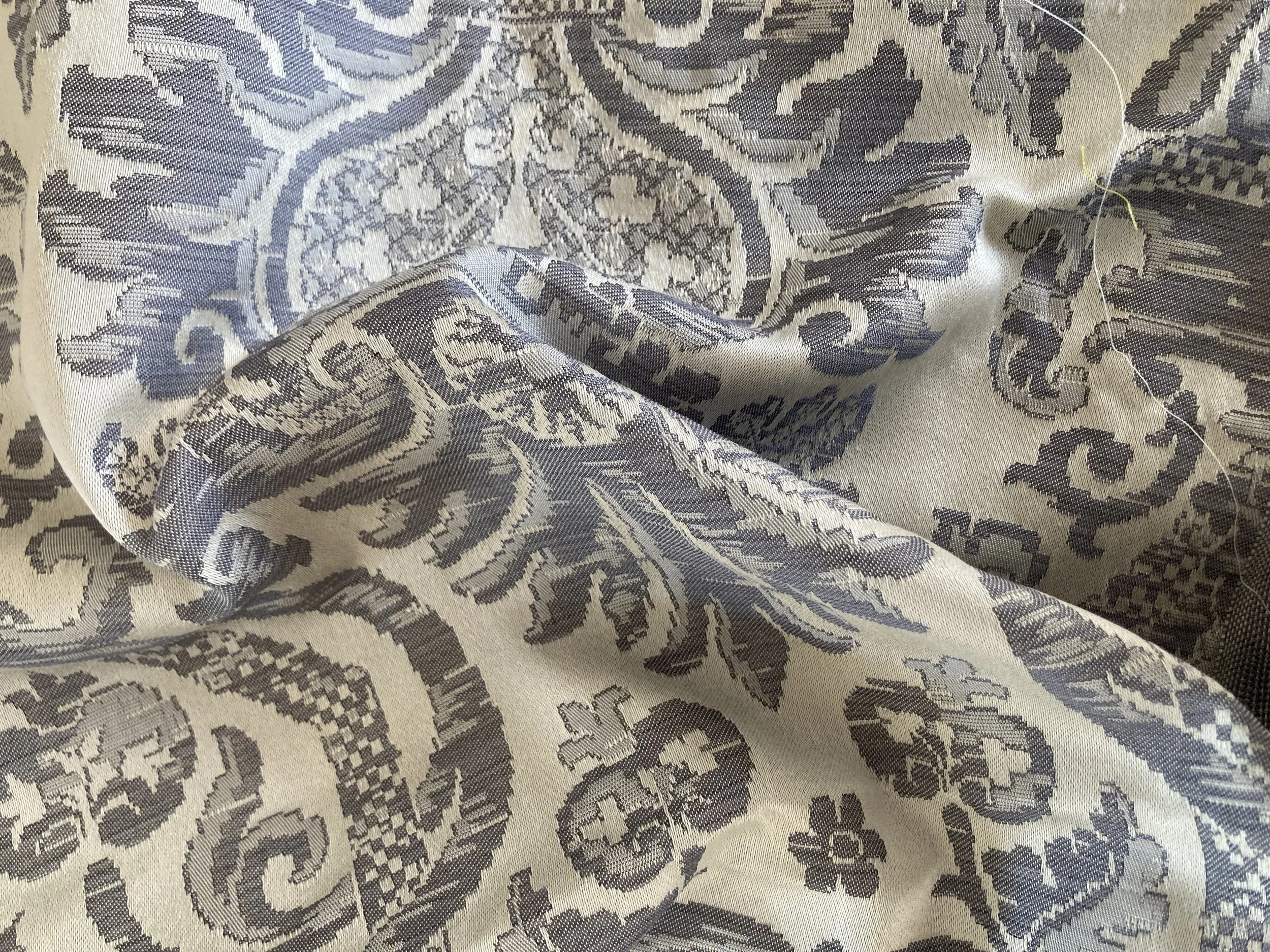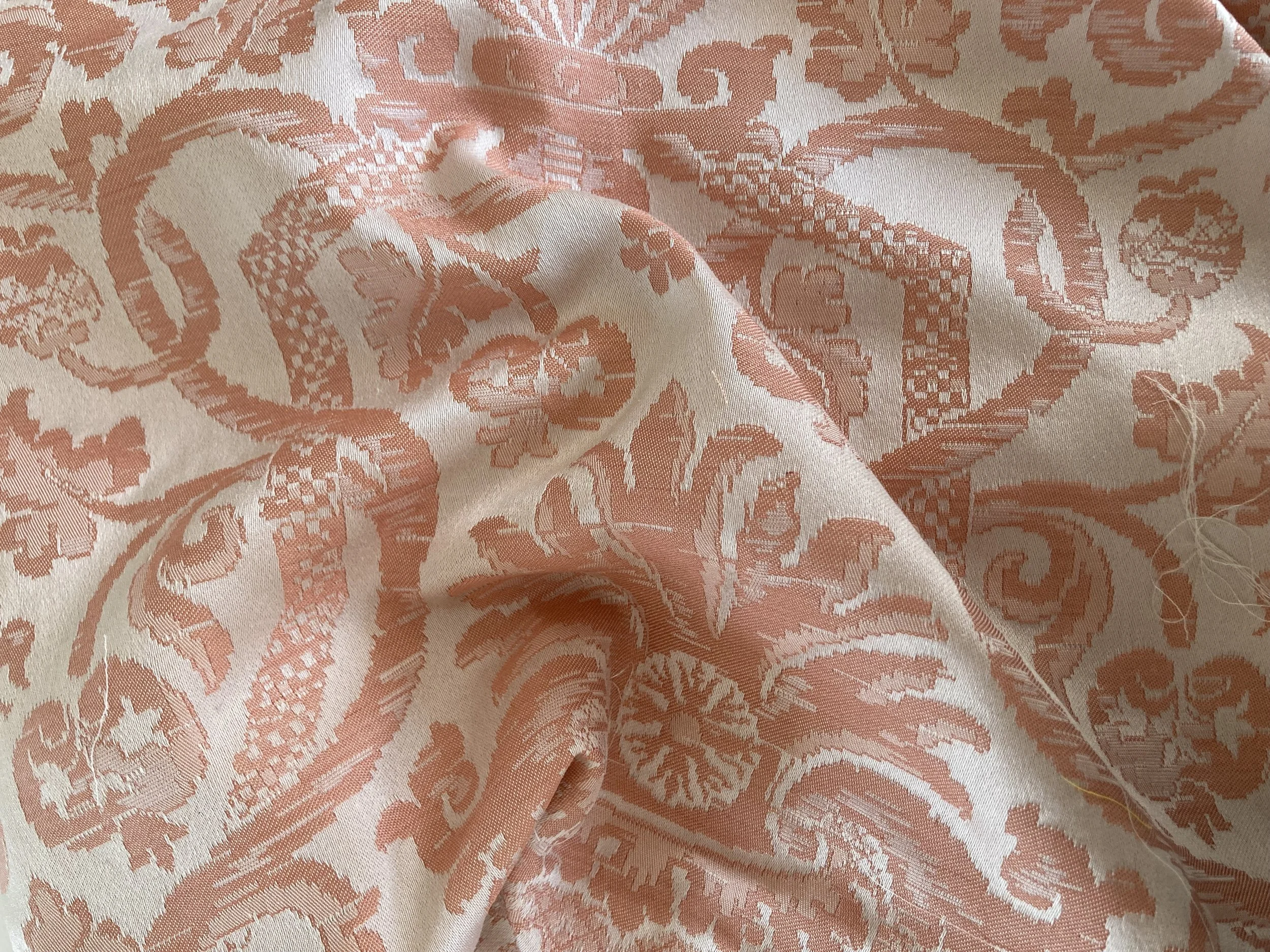




Tree waste
Project Showcase at FFExpo 2025:
Regenerative colour from agricultural waste and bio-debris from British trees
We have chosen to showcase this particular project at Sustainable Angle for its strong alignment with our vision of a circular system. Continuously pushing boundaries and challenging conventions has always been at the heart of our philosophy. How far can we take the idea of circularity with natural dyes? Can we truly realise a hyper-local, closed-loop system?
This ongoing project explores how agricultural waste and naturally occurring bio-debris from UK trees can be transformed into beautiful, regenerative colour for heritage textiles. Developed by Emma D’Arcey, this practice-based research began during lockdown following her move from London to Somerset. It builds on over 15 years of industry experience developing natural dyes for production as part of AO Textiles and forms part of the Radically Local research initiative at Istituto Marangoni, London.
The natural dyes are developed from sustainably sourced waste tree plant-matter, such as apple pomace, cherry pomace and leaves from cider and liquor production. The material is collected from farms, a heritage garden, and nature reserves within 20 miles of Emma’s home in Somerset. Emma tests the colours on local Romney wool and alpaca yarns.
With a focus on achieving rich, vibrant, and biodegradable colour, the work investigates scaling within ecological limits for local production systems and looks at how such systems could strengthen rural supply chains. Could this be replicated across the UK and beyond?
Colour palette
About our colours
Campeche
logwood dye is extracted from the heartwood of logwood trees(Haematoxylum or Haematoxylon campechianum)and originates from Central America. It is used to create a range of colours from violet, greys and blacks.
Rubea and Pale Rubea
We have chosen to add two colours, rubea and pale rubea to our palette that use madder as it is very versatile dye, producing multiple shades ranging from the most delicate pinks to a robust dark rich red. Madder dye is created from the roots of a madder plant.
Luteola
Weld is a dye plant that has been used for centuries to create a variety of vivid colours from bright yellow to both light and dark greens. This colour has been chosen as part of the ao textiles palette due to its flexibility and lightfastness. We have called it Luteola meaning yellow.
Castaneda
Our soft beige colour, is derived from chestnut extract sourced from the natural regrowth of chestnut wood in the Haut-Languedoc Regional Natural Park. We love the fact that this is so compatible with Emma’s practice based research into regenerative colour from trees.
Sustainability Commitment
All aspects of textile production; from the replacement of synthetic colour with natural dyes to sustainably sourced silk yarn, obtained through an environmentally friendly process that does not involve the use of pesticides and plays a key role in supporting rural communities. Certified by Oeko-tex Standard 100 certification. The ao textiles dyeing process received the stamp of approval from Greenpeace International’s Detox Fashion Campaign in 2013. Using 100% sustainably sourced Oeko-tex Standard 100, Class I-IV natural dyes, which are compliant with the requirements of the ZDHC Manufacturing Restricted Substances List V2.0. Additionally, mordants and dyes are GOTS certified. The exhaustion process employed in the dyehouse reduces wastewater and dye to negligible levels. Excess heat from steam pipes is channelled via a heat exchanger into the drying cupboard to dry yarn using no additional energy. Production has been reduced to almost zero waste as all fabric is made to order. Any yarn that is not woven is donated to recycling charities and to students. Gainsborough fabrics are designed with longevity in mind and often exceed their expected life span of 25 years.







